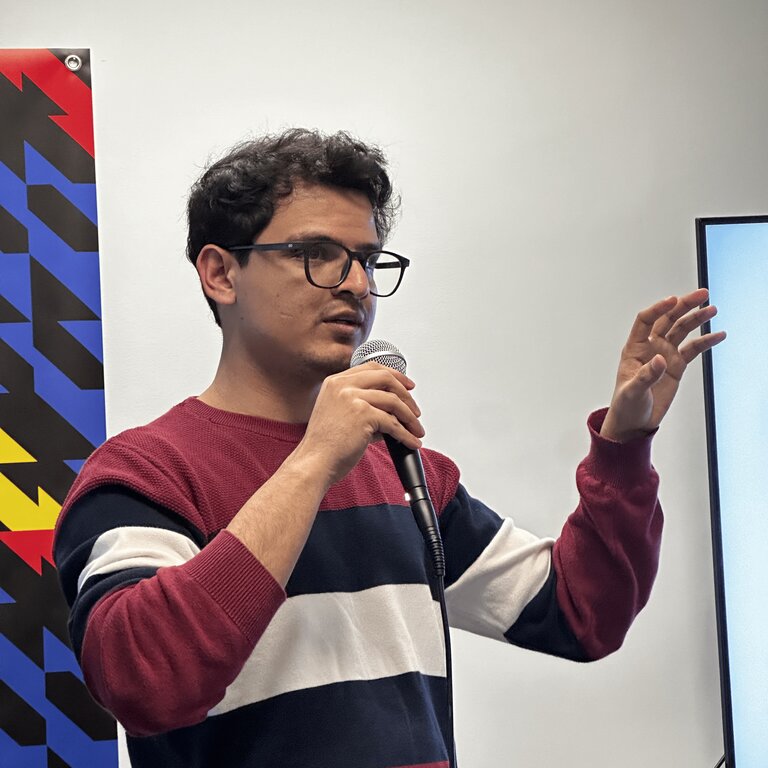海を航海する: データレイクを使用した本番環境レベルの RAG アプリケーションの開発
Jan 20, 1970

I am Noorain, a.k.a. YourTechBud, a software engineer and product manager who loves to create opensource software.

I am Noorain, a.k.a. YourTechBud, a software engineer and product manager who loves to create opensource software.